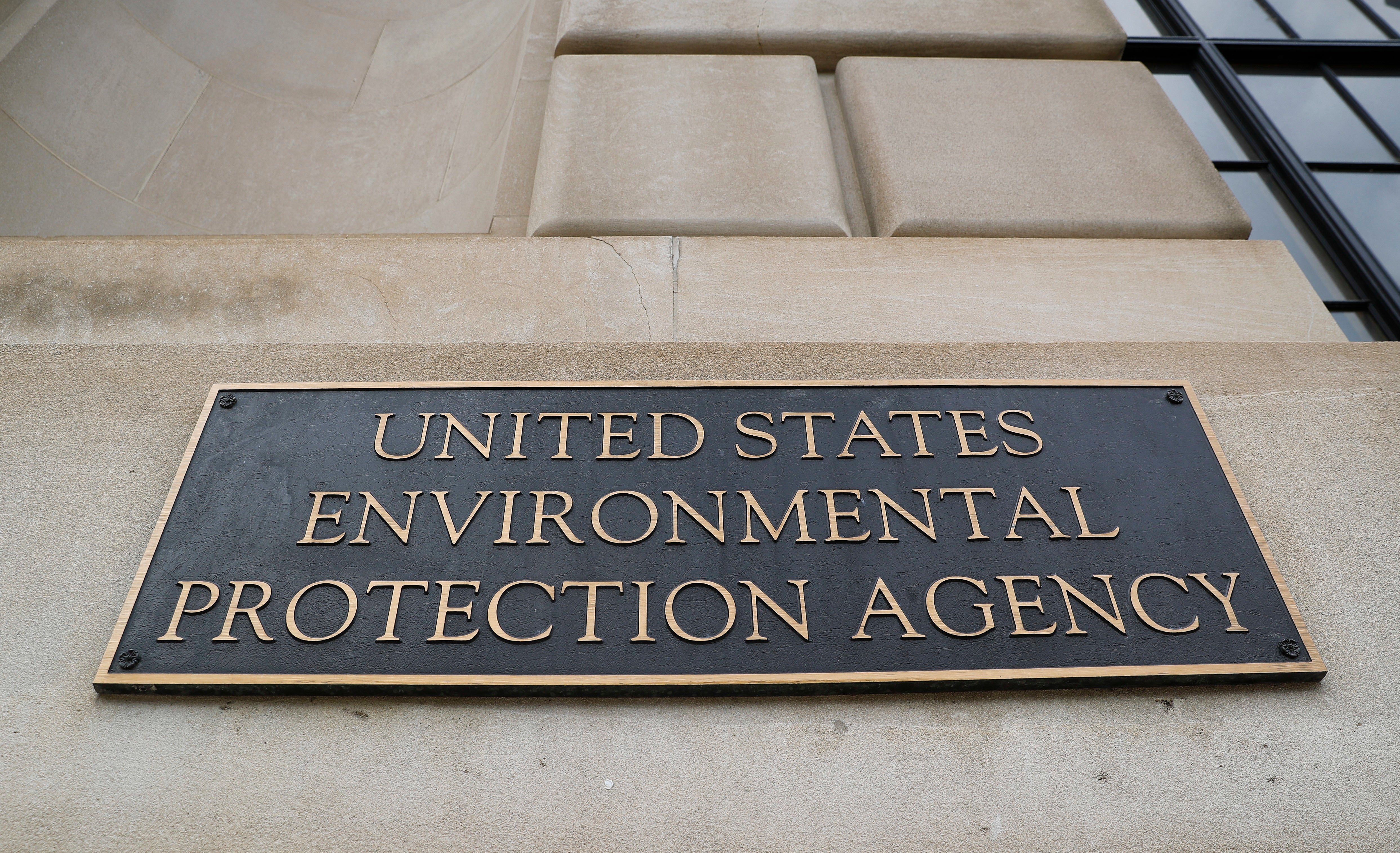EPA awards $20 billion in green bank grants for clean energy projects nationwide
The U.S. Environmental Protection Agency is awarding $20 billion in grants for clean energy projects combating climate change, including residential heat pumps, electric vehicle charging stations and community cooling centers

Your support helps us to tell the story
From reproductive rights to climate change to Big Tech, The Independent is on the ground when the story is developing. Whether it's investigating the financials of Elon Musk's pro-Trump PAC or producing our latest documentary, 'The A Word', which shines a light on the American women fighting for reproductive rights, we know how important it is to parse out the facts from the messaging.
At such a critical moment in US history, we need reporters on the ground. Your donation allows us to keep sending journalists to speak to both sides of the story.
The Independent is trusted by Americans across the entire political spectrum. And unlike many other quality news outlets, we choose not to lock Americans out of our reporting and analysis with paywalls. We believe quality journalism should be available to everyone, paid for by those who can afford it.
Your support makes all the difference.The Environmental Protection Agency on Thursday awarded $20 billion in federal "green bank" grants to eight community development banks and nonprofit organizations to use on projects combating climate change in disadvantaged communities and helping Americans save money and reduce their carbon footprints.
The money could fund tens of thousands of eligible projects ranging from residential heat pumps and other energy-efficient home improvements to larger-scale projects such as electric vehicle charging stations and community cooling centers, according to senior administration officials.
Vice President Kamala Harris, EPA Administrator Michael Regan and other officials planned to announce the grant selections during a visit to Charlotte, North Carolina on Thursday.
Recipients were awarded competitive grants from two of the three programs overseen by the “green bank” created in the Biden administration’s landmark climate law, the Inflation Reduction Act, passed in 2022.
Formally known as the Greenhouse Gas Reduction Fund, the $27 billion bank is one of many federal efforts to invest in solutions that cut planet-warming greenhouse gas emissions and address human-caused climate change, a topic President Joe Biden has emphasized in his presidency and reelection campaign.
The bank’s goals are to reduce climate and air pollution and mobilize public and private capital in the communities that need it most.
As part of Thursday's news, the $14 billion National Clean Investment Fund program granted money to three nonprofits that will partner with states and the private sector to provide affordable financing for projects across the country.
The $6 billion Clean Communities Investment Accelerator also granted money to five institutions that will work with other groups to establish hubs that make funding and technical assistance accessible to community lenders.
Recipients committed to spending $7 in private sector funding for each $1 from the federal investment money, to “reduce or avoid” 40 million metric tons of carbon dioxide each year and earmark 70% of the money for disadvantaged and low-income communities. These groups are often passed over by commercial banks and investors yet are disproportionately impacted by climate change.
Among the eight funding recipients are:
—Coalition for Green Capital, a nonprofit working with a nationwide network of state, local, and nonprofit green banks, received $5 billion.
—Power Forward Communities, a nonprofit coalition formed by five housing, climate, and community investment groups, received $2 billion.
—Appalachian Community Capital, a nonprofit community development financial institution working with lenders in Appalachia, received $500 million.
Also part of the bank is the $7 billion Solar for All program, which will award states, tribes and municipalities money for a variety of residential and community solar projects at a later date.
Specifics around the bank were outlined last February, with applications for the programs sought in July and due last fall.
“I do think this is a really important part of our national strategy to reduce greenhouse gas emissions and engage every community in the clean energy revolution,” Maryland Sen. Chris Van Hollen told The Associated Press in an interview. The Democrat first introduced legislation to create a national green bank 15 years ago. “Now we just need to work very hard on implementation," he said.
But the taxpayer-funded green bank has also faced opposition, notably from Republicans in Congress, who have called it a “slush fund” and voiced concern over accountability and transparency on how the money is used. House Republicans passed a bill last month to repeal the bank and other parts of the president’s climate agenda.
At the state level, Connecticut’s Green Bank and others have been successful in tracking the impact of their programs.
Through the national program, projects included could be larger, make more money and be more impactful.
“The scale envisioned for these entities could model successful state green banks while supercharging the number of communities served,” Katherine Hamilton, chair of public policy firm 38 North Solutions and who worked on underlying legislation for the fund, said in an email. She said that would help the country move “more quickly through the energy transition.”
___
Alexa St. John is an Associated Press climate solutions reporter. Follow her on X, formerly Twitter, @alexa_stjohn. Reach her at ast.john@ap.org.
___
The Associated Press’ climate and environmental coverage receives financial support from multiple private foundations. AP is solely responsible for all content. Find AP’s standards for working with philanthropies, a list of supporters and funded coverage areas at AP.org.